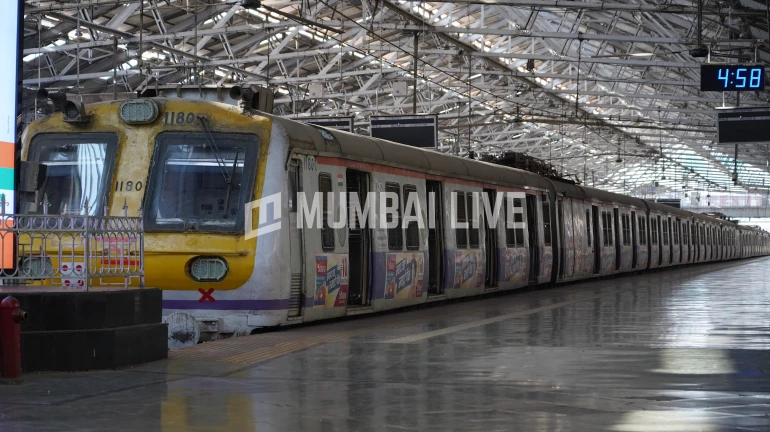
A major transformation in the way passengers access Mumbai's busiest railway stations may soon be on the horizon. The Western Railway (WR) zone has recommended the introduction of a controlled access system at 12 high-traffic stations, including Andheri, Borivali, and Bandra Terminus, to the Railway Board as part of a nationwide safety upgrade directive.
According to a WR official, this proposal follows an instruction from the Railway Board that asked all railway zones to identify suitable stations for such a system. WR responded by selecting 12 stations based on passenger footfall, three of which are part of the Mumbai division. The proposed system is designed to function like the existing Metro station model, using electronic gates that validate tickets for entry and exit. Its objective is to tackle ticketless travel, improve passenger safety, and enable better management of crowd flow—particularly at stations known for severe congestion during peak hours.
Andheri, Borivali, and Bandra Terminus collectively witness daily passenger movements of approximately 4.17 lakh, 4.54 lakh, and 40,000 respectively. Such high volumes often lead to severe crowding, with risks heightened during festivals or emergencies. Railway authorities believe that restricting entry to only ticketed passengers would not only control crowds more effectively but also help in quicker evacuation during critical situations. While the WR has proposed this plan to the Railway Board, it was clarified that further details regarding the implementation process are yet to be finalised. The system is likely to be introduced first as a pilot project to assess its feasibility and efficiency.
The spokesperson stated that currently, the Railway Board has not provided further instructions beyond the identification of the 12 stations. Still, the intention behind the move is to initiate a pilot phase to understand the system’s practicality on the ground. Apart from Mumbai’s major stations, other stations under the WR zone, such as Surat, Vapi, Ahmedabad, Vadodara, Udhana, Asarva in Gujarat, and Ujjain, Sabarmati, and Sehore in Madhya Pradesh have also been shortlisted for the pilot rollout.
If the project gains approval and shows promise, it could pave the way for a larger transformation in how Indian railway stations function—shifting toward technology-enabled, secure, and streamlined commuter experiences across the country. The initiative, while in its early planning stage, reflects the growing emphasis on safety, infrastructure modernisation, and efficiency in India’s railway network, especially in densely populated urban centres like Mumbai.





